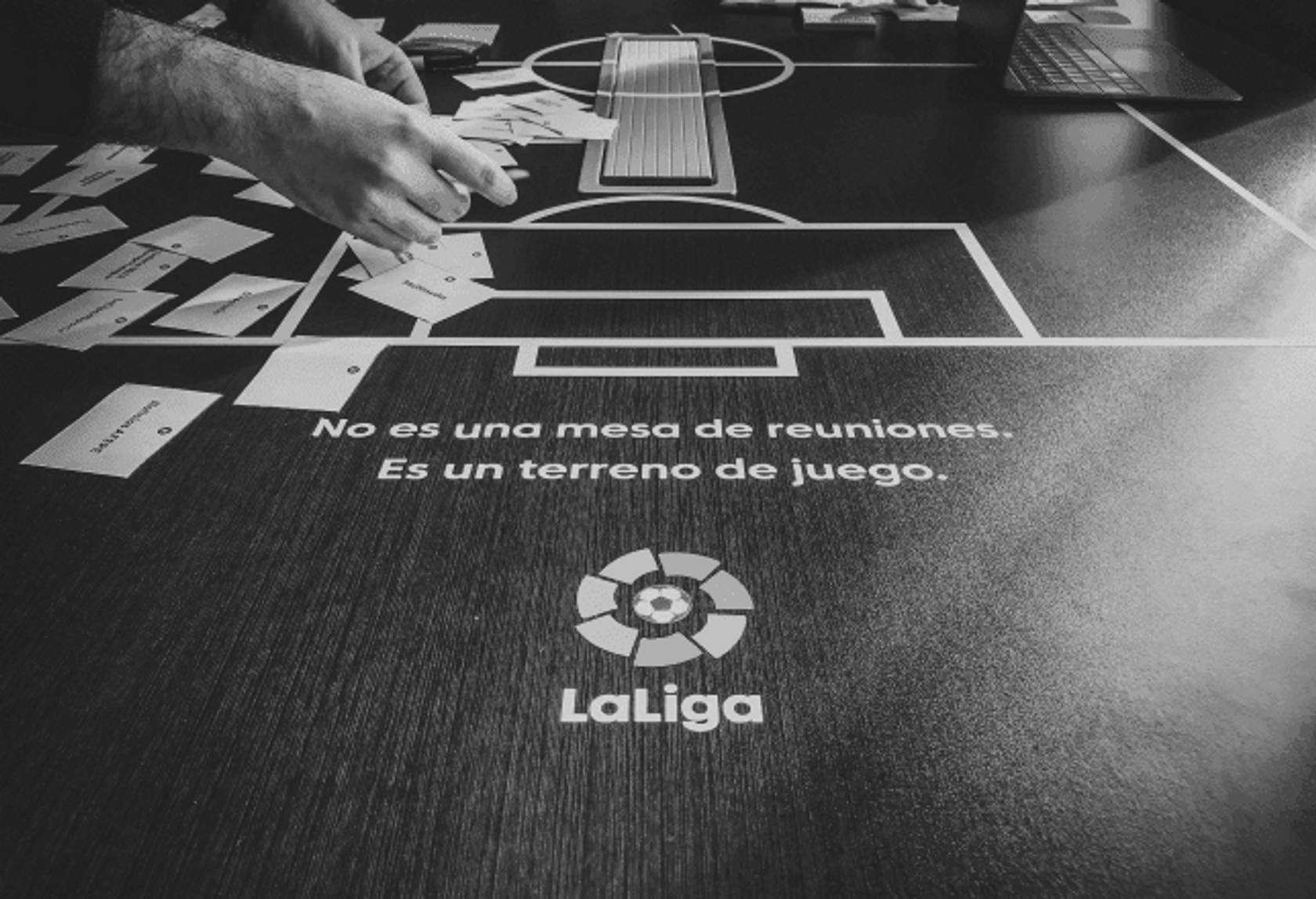

Fractal design, a new approach for Solera Inc.
Industry
- Automotive
Client
- Solera
Skills
- Business design
- Strategist planning
- Technology and DevOps
- Visual design
Team
- 2x Product Designer
Date
- 2020-2022
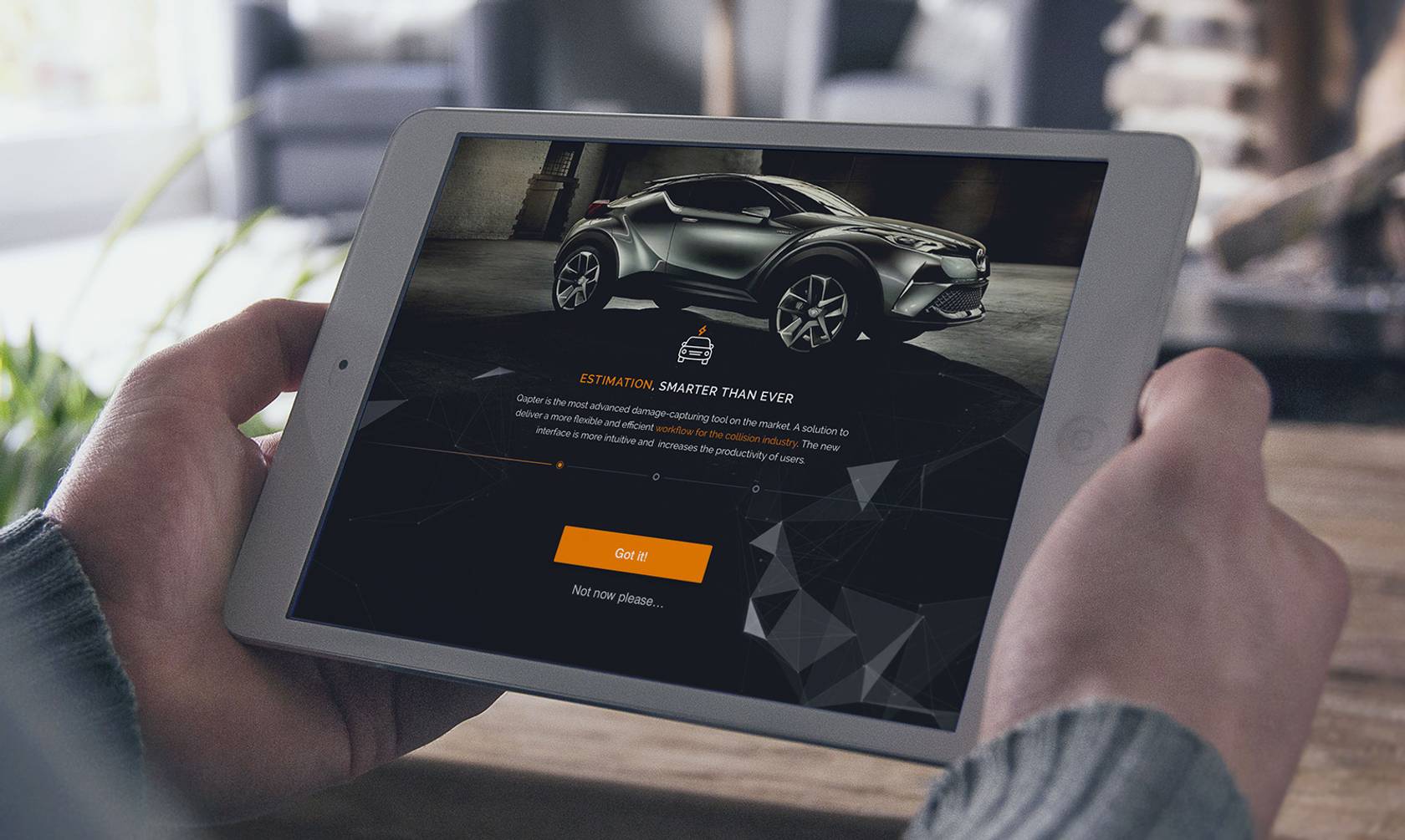

Understanding the system to anticipate future scenarios
The emergence of car-sharing or the different models of connected, electric or self-driving cars already on the market are only signs of an incipient phase that will develop exponentially in the coming decades.
The industry is responding to the forces of technological change through new strategic alliances between insurers, vehicle manufacturers, large technology companies and start-ups.
The entire value chain is being affected, including claims management, a sector in which Solera operates. Due to this transformation, Solera anticipates new scenarios to be taken into account in the frequency of claims and their cost and in the claim, diagnosis and repair processes.
To be the industry leader, you can never stand still that is why we invest heavily in solutions for the future. Users are becoming more and more demanding and, forever, the software must be adaptive to them.
A joint journey towards digital transformation
Solera Holdings Inc, a global company with a presence in more than 80 countries, entrusted Secuoyas with the role of mentor and companion to initiate and develop the transformation stage of its procedures.
Its core business is based on the management of work processes in automotive after-sales, supporting the entire value chain, from insurance companies and experts to repair and maintenance workshops, including leasing companies that require comprehensive management of the after-sales service.
The ultimate goal was to create a digital ecosystem that would allow any type of incident and transaction to be managed from a single technological platform. To achieve this, 11 different projects were launched that have a direct impact on different layers of the organisation - technology, user interfaces, design system - and on the relationship between them: structuring, unifying and defining procedures between the different departments.
Qapter is not just a face, we want to transform the UX, make easier to capture damages and to unify our solutions in a single-user application. Our challenge was to convert our global database into an intelligent, intuitive, efficient, multiplatform tool
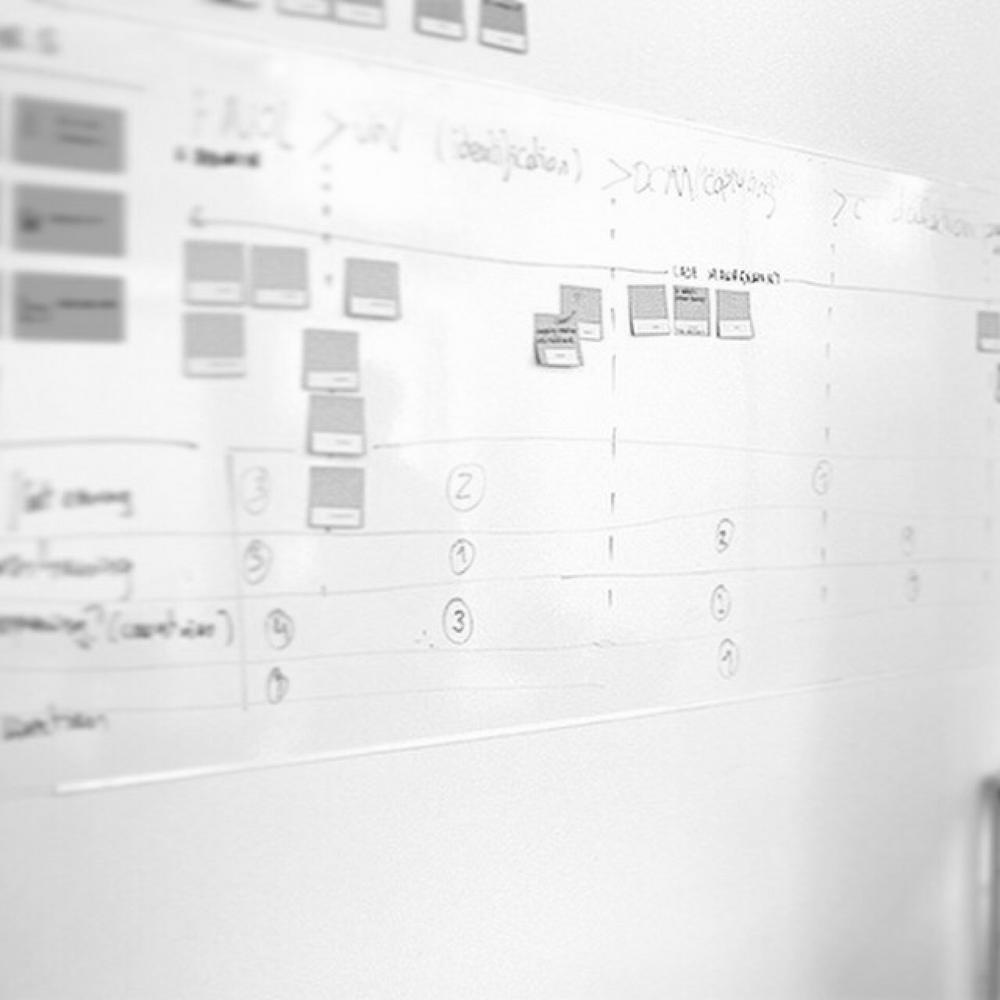
From the "big picture" to strategic product details
Qapter is one of the most important products for Solera in terms of volume of users and business, which is why it is the cornerstone of the integral process.
Optimising experience of merits
The main objective of the brief was to improve the user experience of the surveyors, facilitating the process of capturing vehicle damage.
The work approach was to start by aligning the different managers involved regarding the role that the first tool to be developed, Qapter, played in the strategic plan.
We needed to assess its scope, pros and cons and repercussions on the next steps in the company's transformation. We learned that in order to make profound changes to the process we had to redesign the information in the main database, so that the different software to be developed could be easily integrated and turned into one big interactive platform.
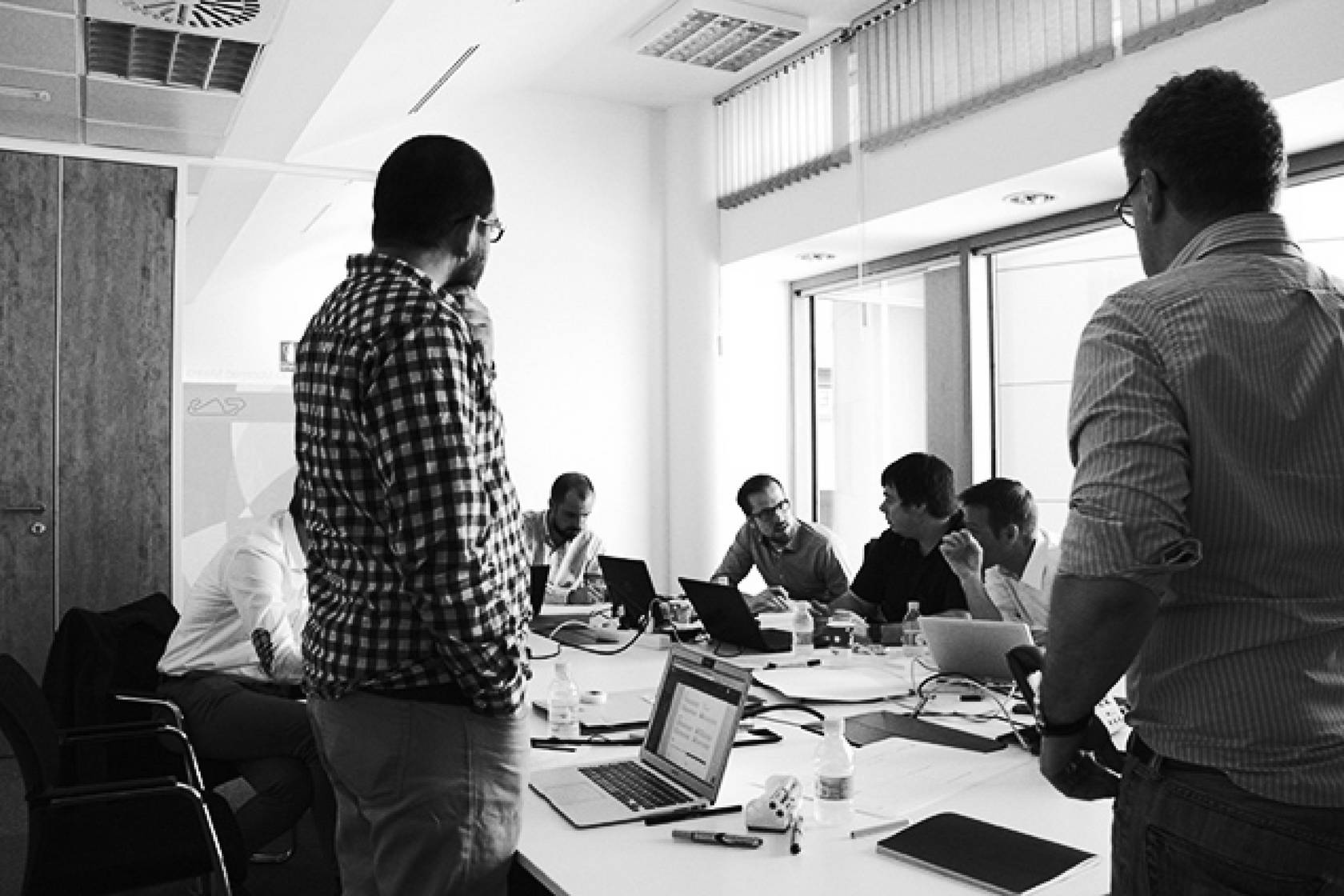

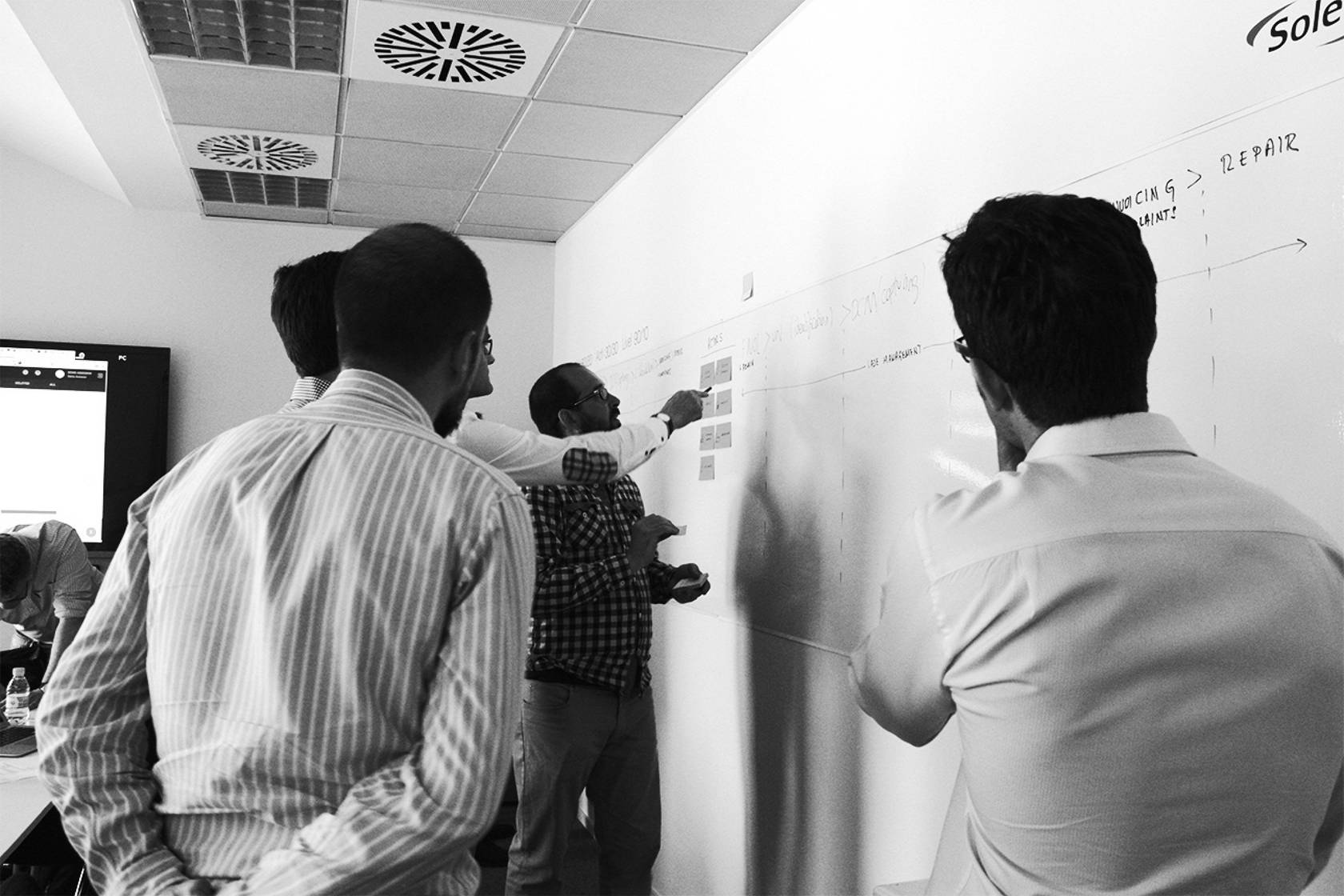

The phases
Qapter was therefore divided into **3 major phases** of work carried out over 9 months:
- Research and analysis, based on workshops with global development and marketing managers, as well as interviews and contextual observation of experts to understand possible usage scenarios and anticipate future needs. This phase was focused on Spain and Switzerland.


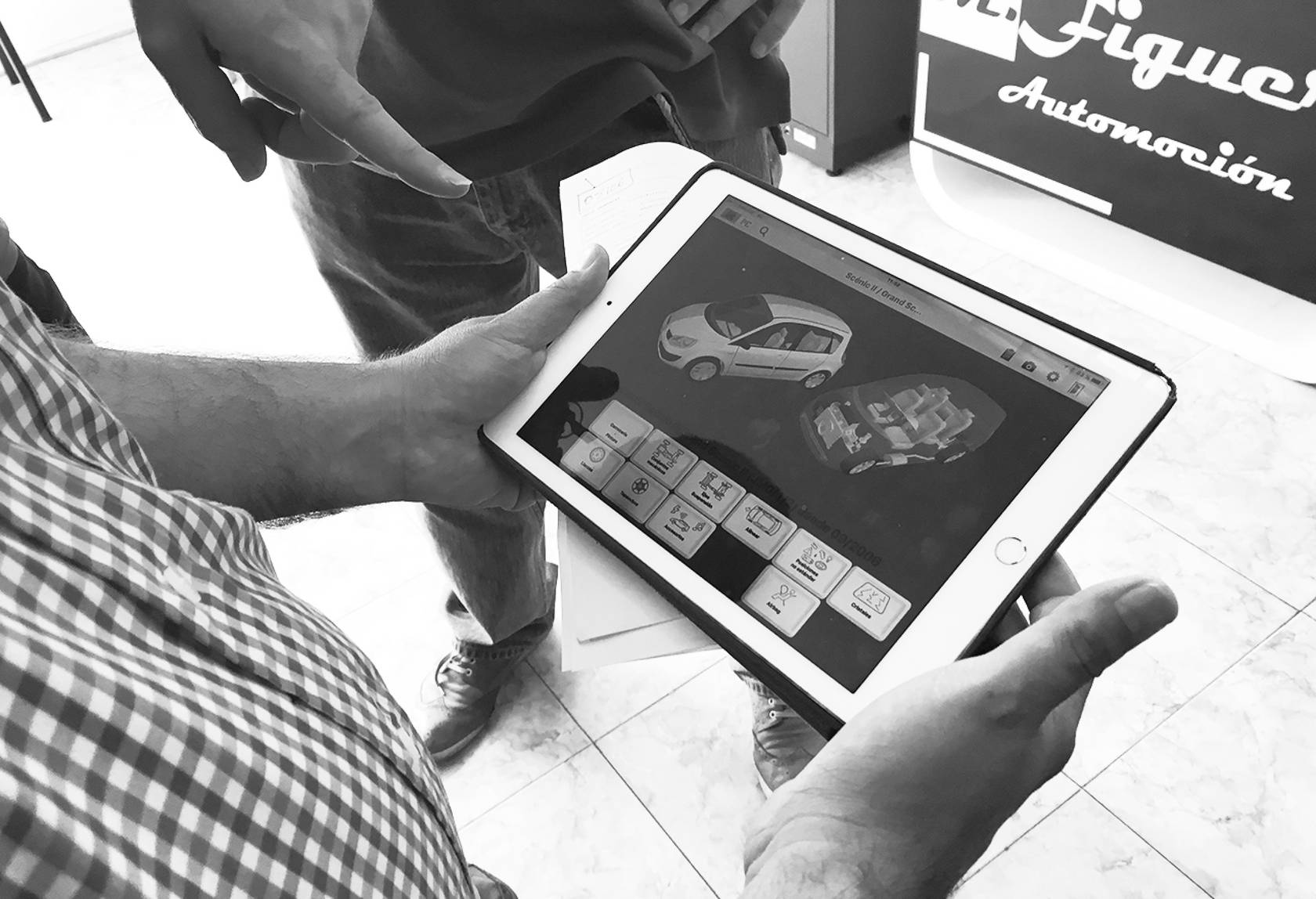

2. Productdefinition and designphase, focused on efficiency for the user and internal work processes, usability and accessibility in the environments tested in the research and, above all, on reducing the learning curve, not only for users who had to migrate from the software but also for new incorporations.
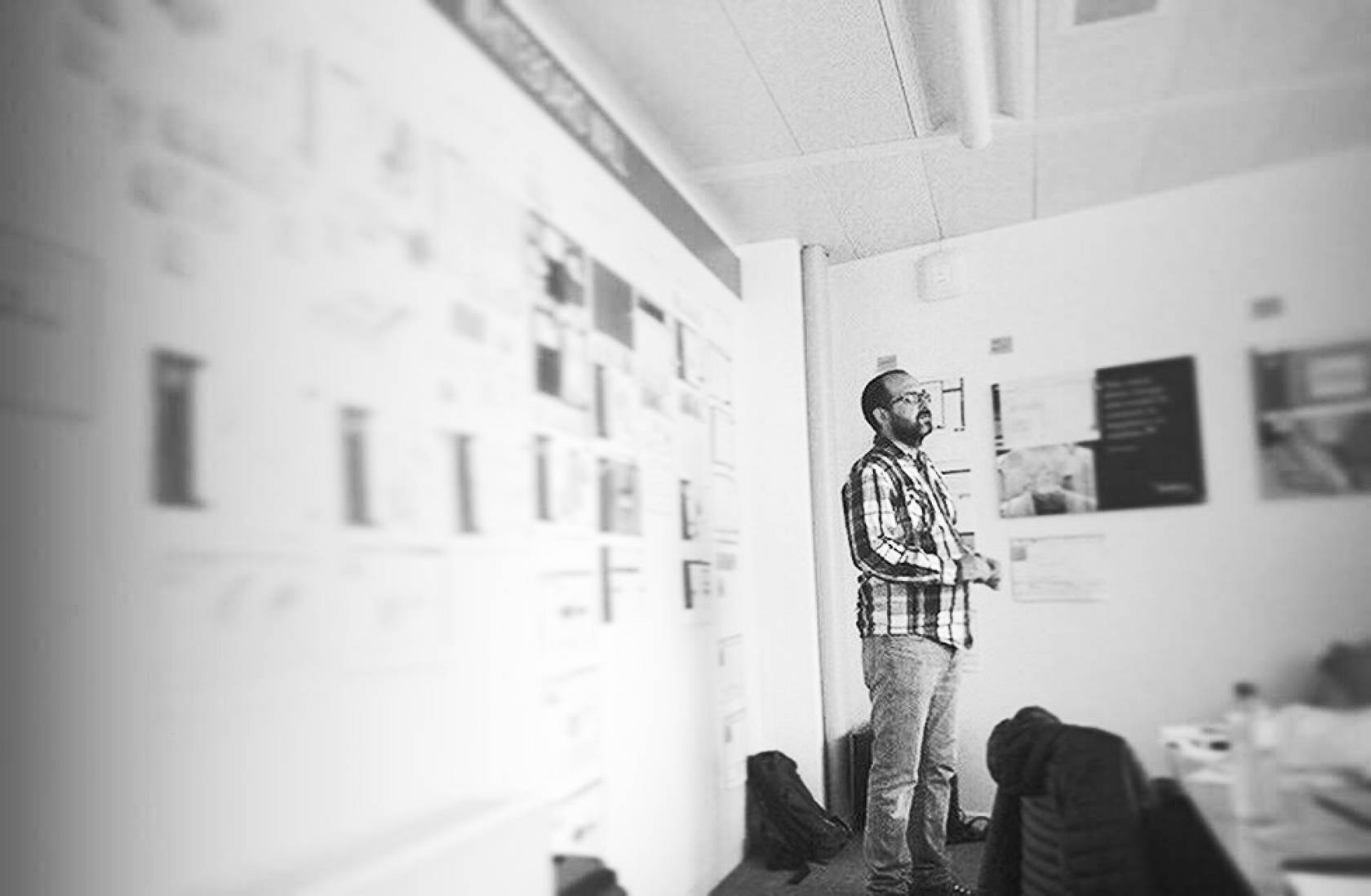

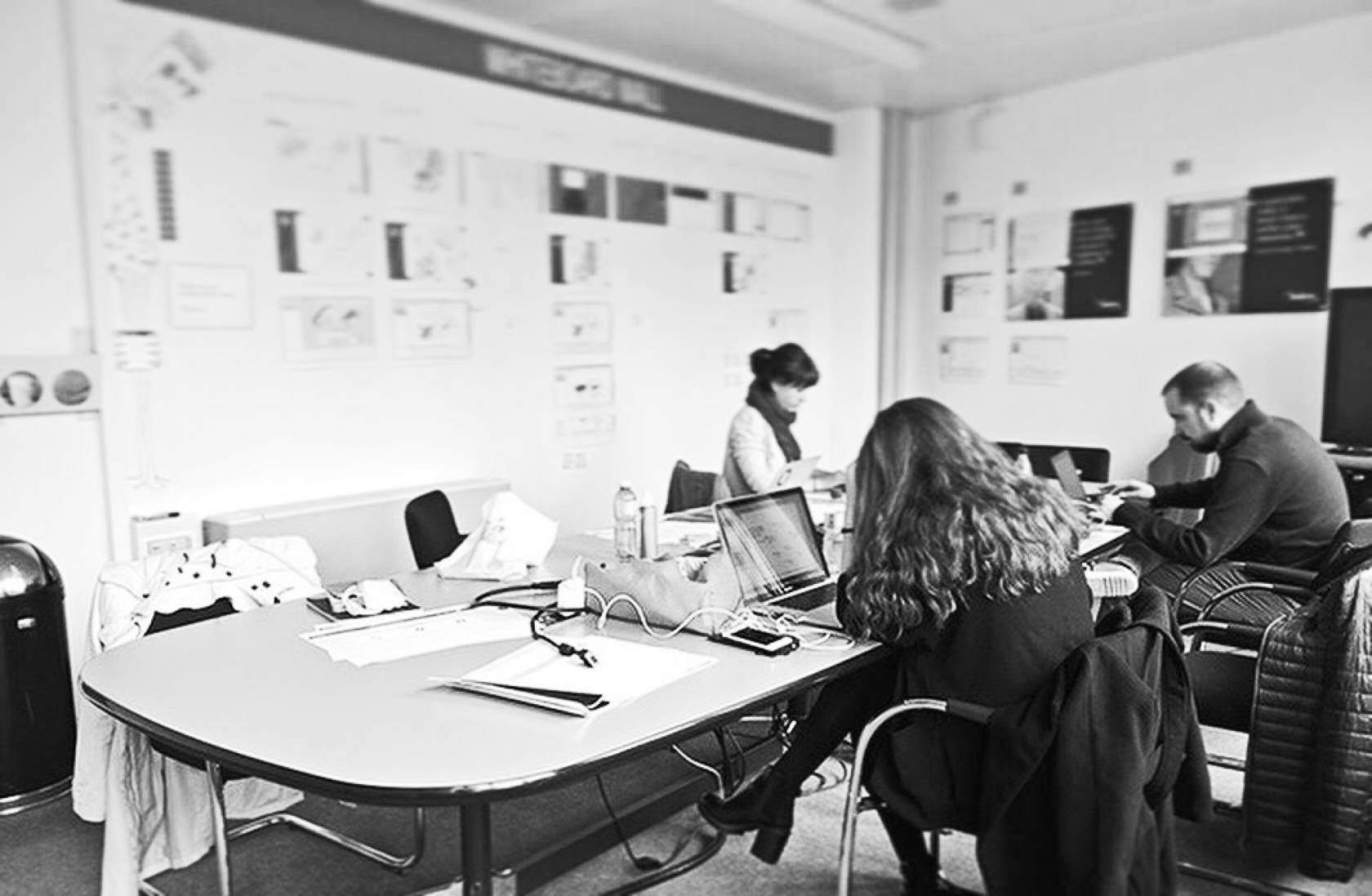

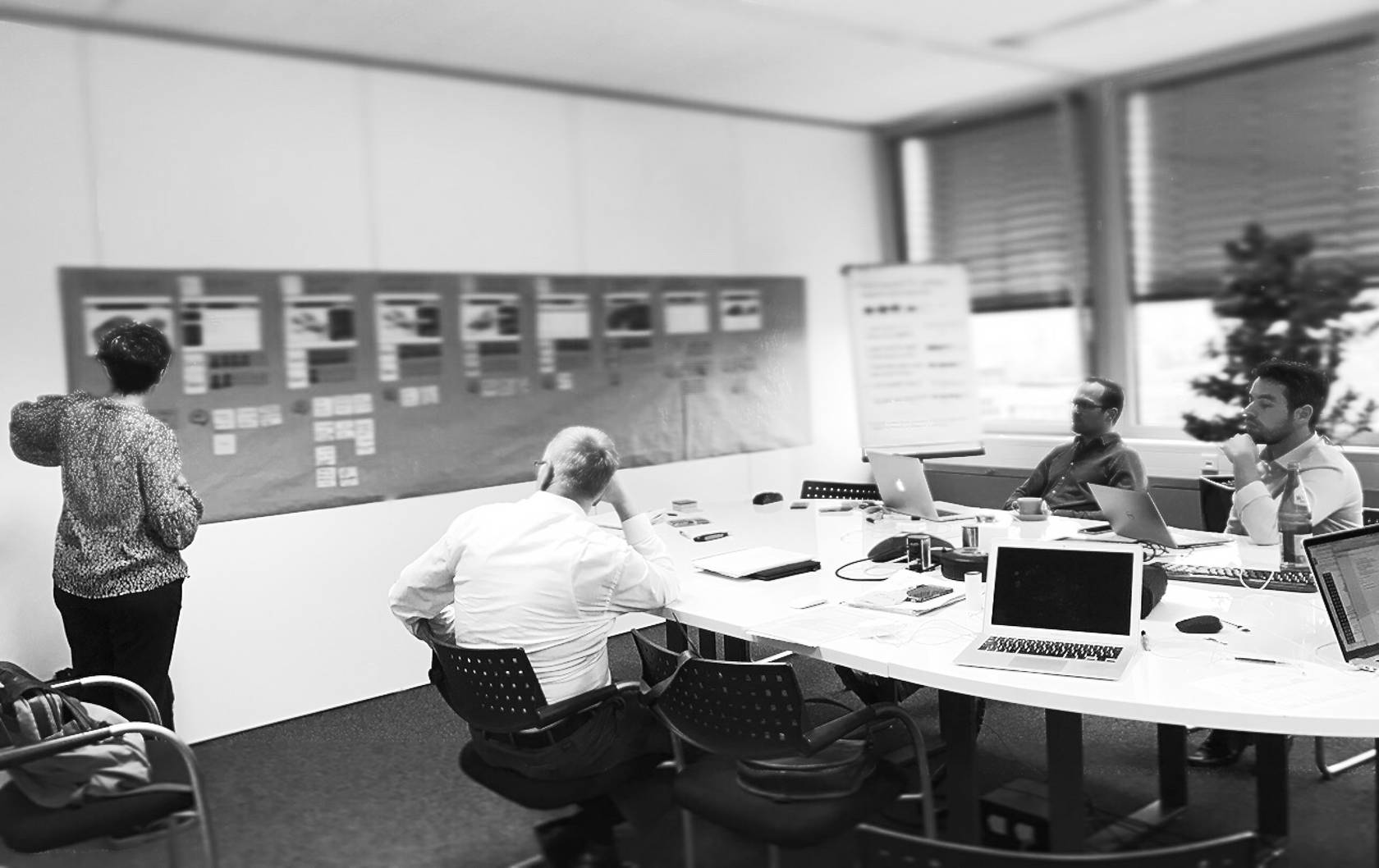

- User testing, carrying out different face-to-face sessions in Europe, Asia and North America. This phase was particularly relevant, given the nature of the user. We had to ensure the correct interpretation of the product and the soundness of the design in places as diverse as China, Poland, the United Kingdom and Mexico.
Scaling the value proposition
Derived from Qapter, a new, dual-faceted product was born, ensuring correct data collection in all possible scenarios, with and without network coverage.
This native app, designed for Windows Phone, iPhone and Android, allows the creation of claims and the collection of essential data in any context, device and operating system, to subsequently continue the work of claims and damage management with Qapter.


From the design of the system to the design system
One of the fundamental pieces to ensure the viability of all the products to be developed and their correct scalability was the design system: standardisation of icons, pictograms, descriptions, nomenclatures, documentation and work protocols between the different departments involved.
We laid the foundations for the creation and use of icons, not only defining the graphic line but also developing a new working scheme that would be easily accepted.
To date, more than 300 technicians have incorporated the new work process, improving efficiency in development times, visual coherence between different products and minimising errors in the documentation of assets with the new nomenclature.
This work was accompanied by an internal rebranding process - accompanied by Secuoyas - with the aim of improving the communication of its products.



Creating an illustration system
In order to optimise the user experience and continue to evolve, a library of illustrations has been created to change the previous, more cartoonish style to a more sophisticated and technical one, following the vision of the product manager.
This evolution not only reflects Solera's commitment to quality, but also promises to elevate the product's graphical interface to a new level of excellence to offer users a more professional and immersive experience right from the start.

